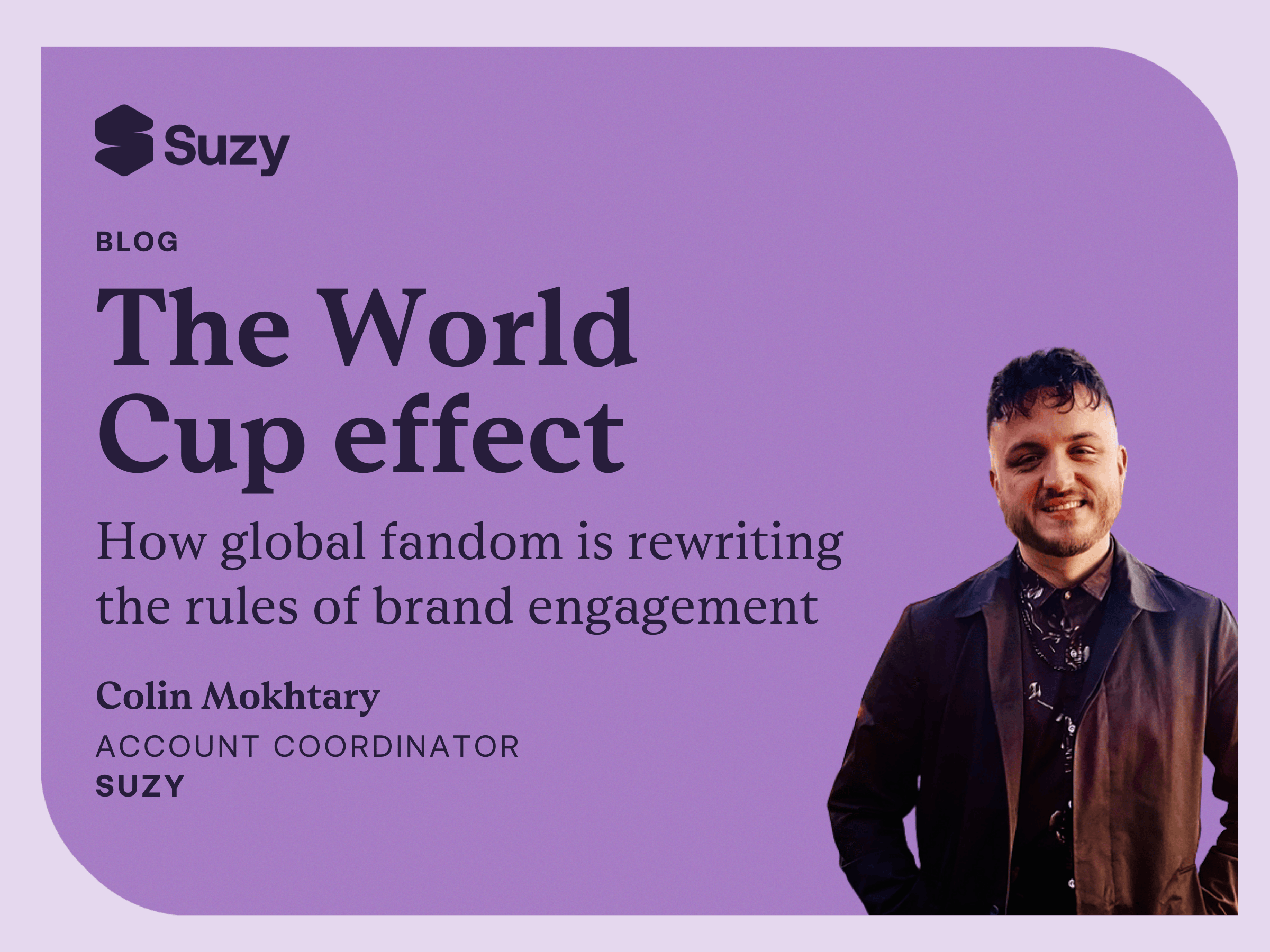When it comes to understanding consumer preferences, brands can choose from a variety of research methodologies. Let's say you're looking to figure out which new ice cream flavors to launch and have a list of 20+ flavors to choose from. Launching a survey to your consumers to rank 20+ flavors will be very fatiguing as each respondent probably has an opinion about the 1-2 best and 1-2 worst, and they're likely to be somewhat indifferent to the rest.
The middle attributes are unlikely to reflect an accurate preference order, which can have a flattening effect on results, leaving you without a clear direction. That’s where MaxDiff analysis can help.
MaxDiff analysis (also known as Maximum Difference or Best-Worst Scaling) is a research methodology that allows you to identify what your consumers prefer (and don't prefer) from a list of attributes, like claims, flavors, features, and more. With the MaxDiff methodology, you’re able to quantify their preferences, so you can prioritize what matters.
How MaxDiff analysis works
A MaxDiff survey shows respondents a set of attributes and asks them to identify the best and worst attributes from the set. Like any scaling exercise, these metrics can vary depending on what you’re trying to measure (like most and least appealing, most and least likely to purchase, etc.).
Let’s use an example of a MaxDiff question to illustrate. A beverage company wants to learn what flavors consumers prefer as they develop a line of seltzer water. With a list of 20+ flavors, the company wants to understand which flavors to prioritize before they invest time and money in development.
In a MaxDiff survey, the company might ask a question like, “Which of the following seltzer flavors are your most/least preferred?” Respondents will then be shown sets of attributes (in this case, seltzer flavors) and asked to indicate one as their “most preferred ” and one as their “least preferred” from each set.
Each seltzer flavor is scored based on the number of times a respondent rates it as best or worst.
Using the below formula, a utility score is derived for each flavor:

The utility scores of each flavor are then put in descending order to illustrate overall respondent preferences, providing an output like the one below:

With the rank ordering of these scores from their MaxDiff study, the beverage company can identify the top few flavors they should invest in for development—and which ones they shouldn’t.
When to use MaxDiff analysis
There are several methodologies you can use to gauge preferences across concepts, including (but not limited to) MaxDiff, ranking questions, and monadic testing. Which methodology is best depends on a few factors, like your research goals, the number of attributes you’re testing, and the metrics you want to measure.

Use Cases
MaxDiff is a great solution for several use cases, including:
- Feature testing
- Package testing
- Flavor testing
- Name testing
- Claims testing
- Logo testing
- Offer testing
Iterative research with MaxDiff
MaxDiff is a relative measure, meaning results will show performance (or preference) within the given list of attributes, but it won’t validate performance in the real world. Preferences gauged in a MaxDiff study are only as good as the attributes themselves, so a respondent could look at a set of attributes and dislike all of them, but they still have to choose their best and worst from the bunch.
Iterating off of a MaxDiff with additional research can help you gain more comprehensive insights, so it can be beneficial to pair a MaxDiff with monadic tests, TURF analysis, qualitative interviews, or IHUTs. On a consumer research platform like Suzy, you retarget the same consumers who participated in your MaxDiff study with more quant and qual for deeper learning.
MaxDiff analysis at Suzy
Here at Suzy, we’re constantly working to bring our customers advanced survey design capabilities for DIY market research. We’re excited to announce that MaxDiff analysis is now available on our end-to-end consumer insights platform. With MaxDiff at Suzy,
- Every user and every team can run MaxDiff studies thanks to intuitive survey design and easy-to-understand results.
- You can explore a wide breadth of use cases and complement other action types for an iterative research experience. Discover preference and purchase intent for a more comprehensive report with TURF, qual, and IHUTs.
- Easily re-target survey respondents to zero in on the “why” behind MaxDiff results.
If you're already a client, you have instant access to MaxDiff analysis -- simply log in to Suzy, and create your MaxDiff survey. If you'd like a walk-through or tutorial of the methodology, please reach out to your customer success manager today.
If you’re not a current Suzy customer and would like to learn more about MaxDiff analysis at Suzy, book a demo today.
.webp)







